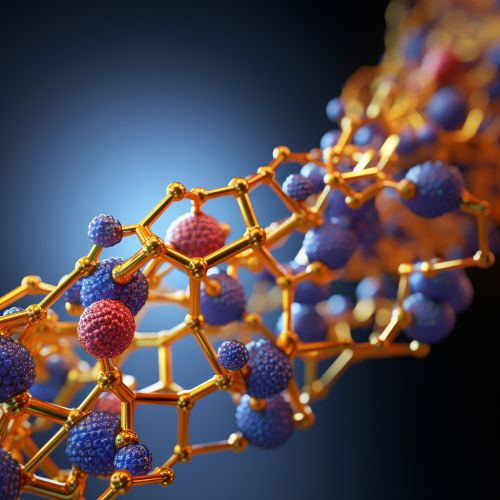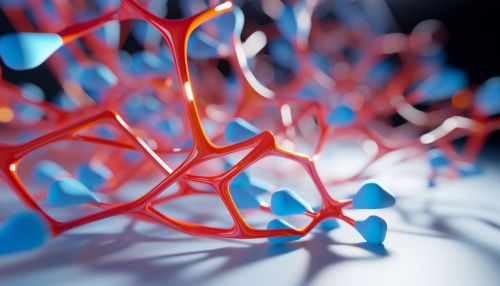Choline acetyltransferase
Introduction
Choline acetyltransferase (ChAT) is an enzyme that plays a pivotal role in cholinergic neurotransmission. It is responsible for the synthesis of the neurotransmitter acetylcholine from choline and acetyl-CoA. ChAT is found primarily in the nervous system, where it is localized in the cytoplasm of cholinergic neurons. This enzyme is vital for numerous physiological functions, including muscle contraction, heart rate, memory, and learning.
Structure
ChAT is a soluble protein with a molecular weight of approximately 70 kDa. It is composed of a single polypeptide chain, which is folded into a complex three-dimensional structure. The active site of the enzyme, where the substrates choline and acetyl-CoA bind, is located in a deep cleft in the protein structure.


Function
The primary function of ChAT is to catalyze the transfer of an acetyl group from acetyl-CoA to choline, producing acetylcholine and coenzyme A. This reaction is the final step in the biosynthesis of acetylcholine, a neurotransmitter that is essential for transmitting signals in the nervous system.
Regulation
The activity of ChAT is regulated at multiple levels, including transcription, translation, and post-translational modification. The expression of the ChAT gene is controlled by various transcription factors, and the translation of the ChAT mRNA is influenced by regulatory elements in the mRNA sequence. Post-translational modifications, such as phosphorylation, can also affect the activity and stability of the ChAT protein.
Clinical Significance
Alterations in ChAT activity have been implicated in several neurological disorders, including Alzheimer's disease, Parkinson's disease, and myasthenia gravis. In Alzheimer's disease, for example, a decrease in ChAT activity is observed in certain regions of the brain, which is thought to contribute to the cognitive deficits associated with this condition.
